|
Materials |
Equipment |
|
|
Is your ceiling in need of a little fresher-upper? Then it’s time to get painting. A fresh coat of paint on the ceiling will go a long way in restoring the vibrant atmosphere of your interior and gives you the opportunity to change the vibe of your room. Ceilings are the most open and visible surface in most rooms and this makes them a crucial design element. A drab and worn out ceiling will make the entire room look.
While hiring a professional painter these days is a breeze, painting the ceiling is a fun and rewarding project to do yourself. But painting is by no means easy and there are a lot of nuances to getting it just right. With the following steps and pro tips in mind, you can successfully repaint your ceiling without any help from a pro. By learning the ropes of painting, you have the freedom to redesign your interior in the future any time you please, not having to rely on anyone else.
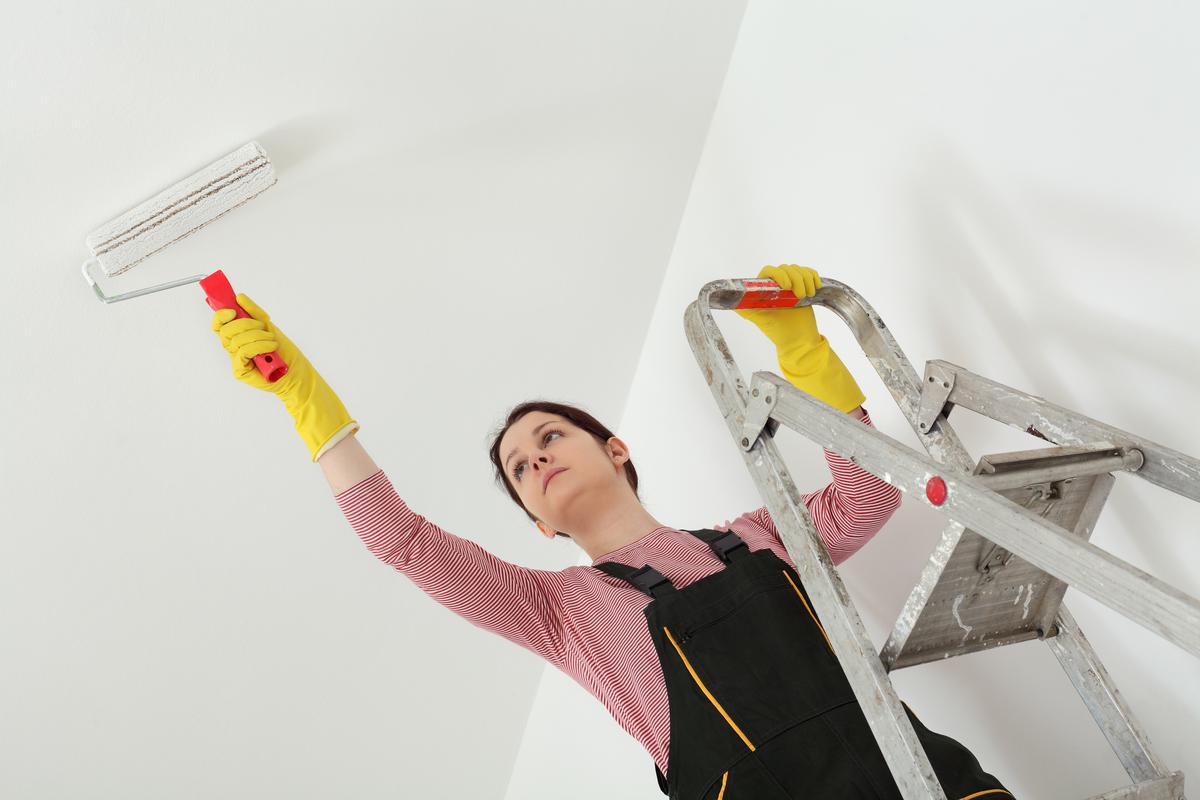

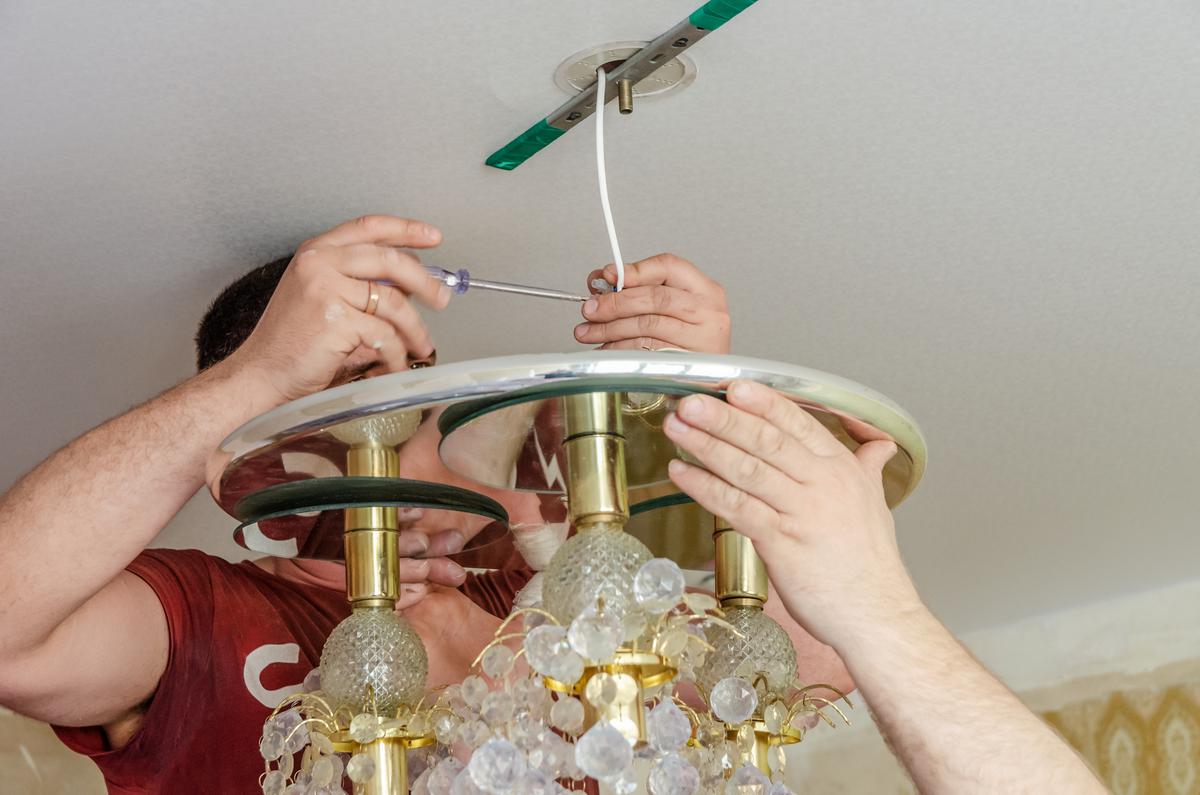

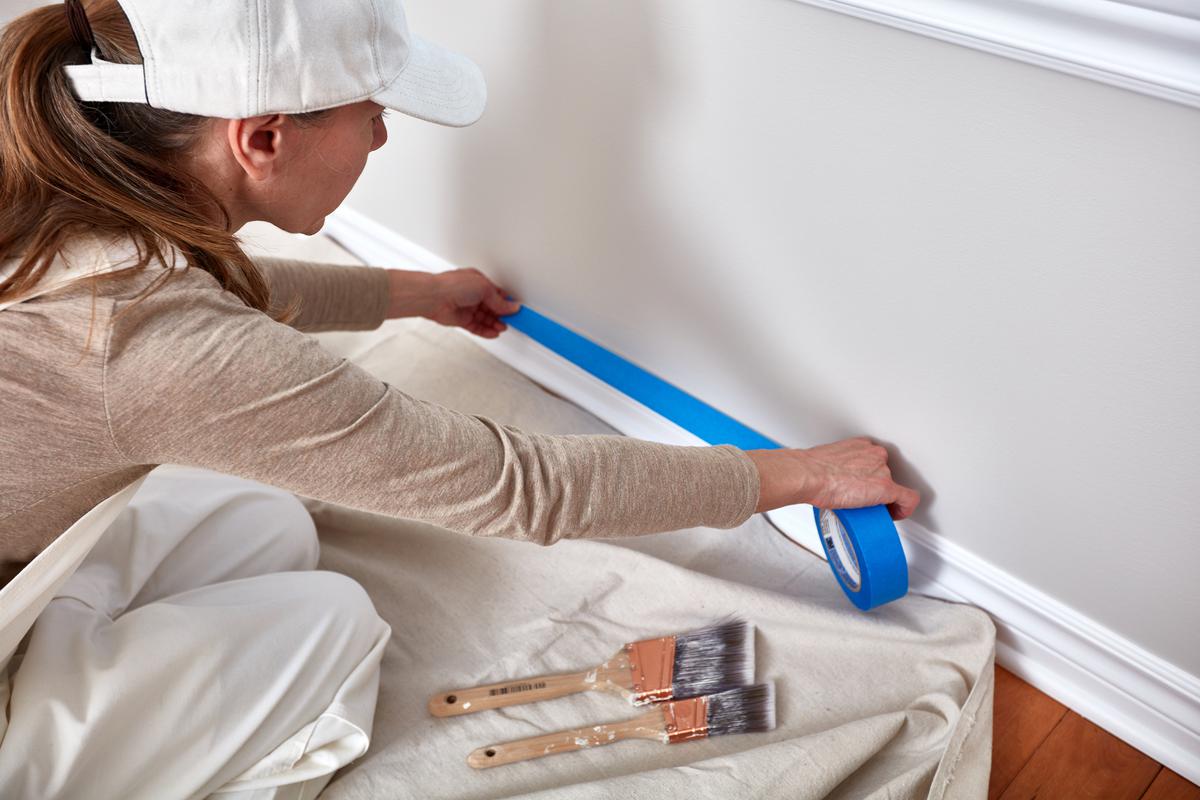

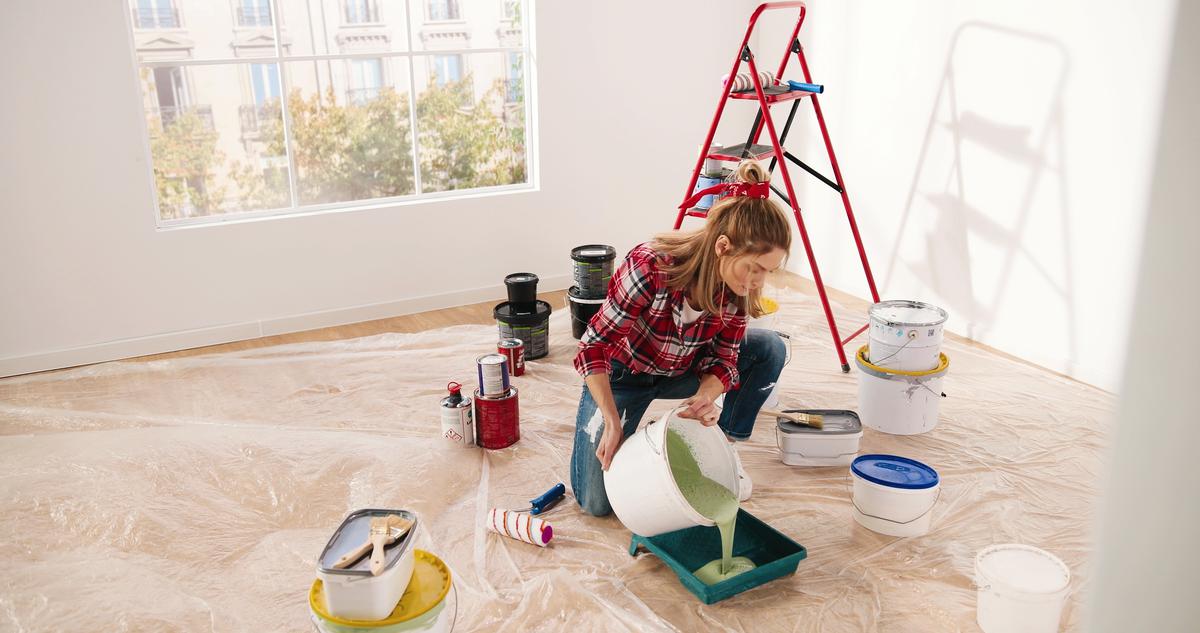

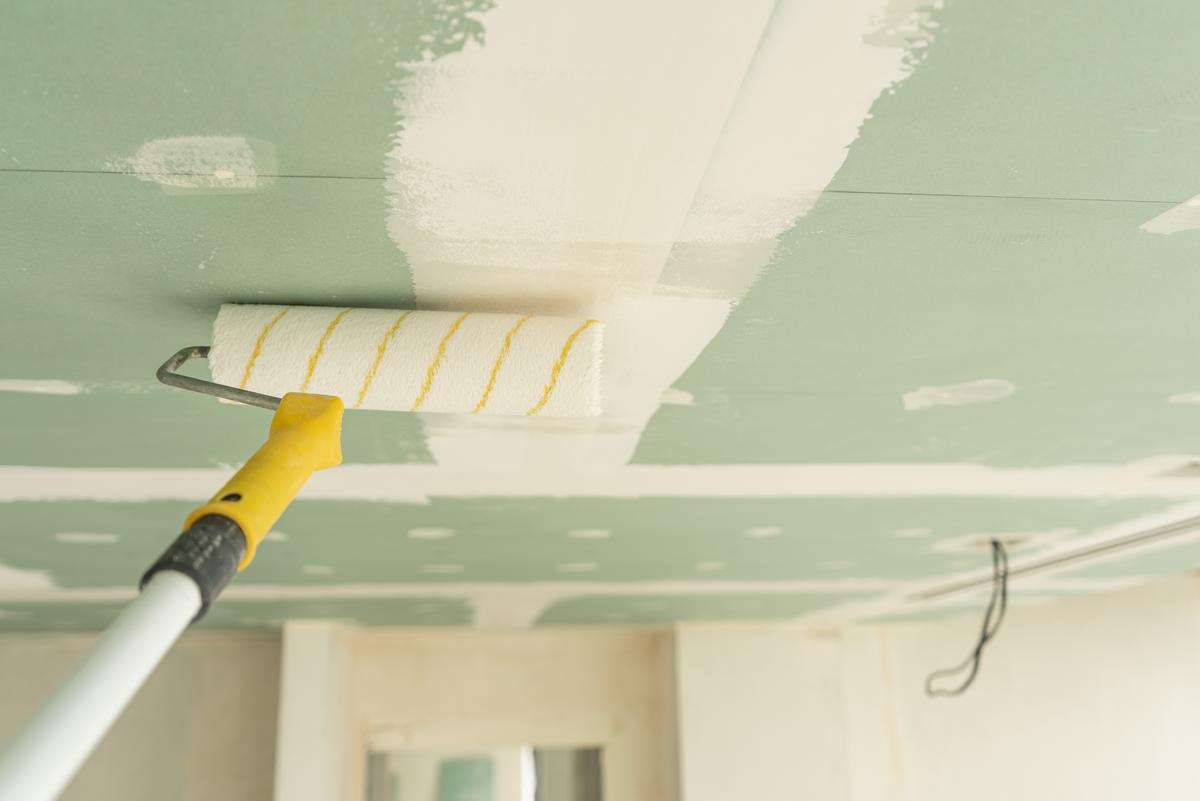
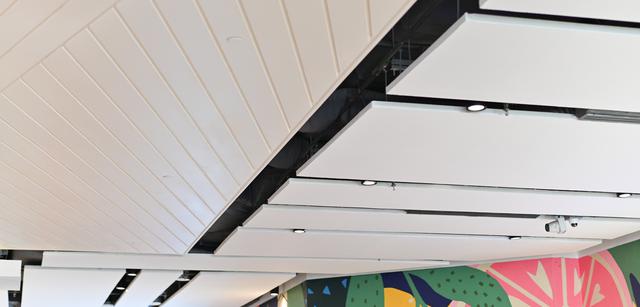

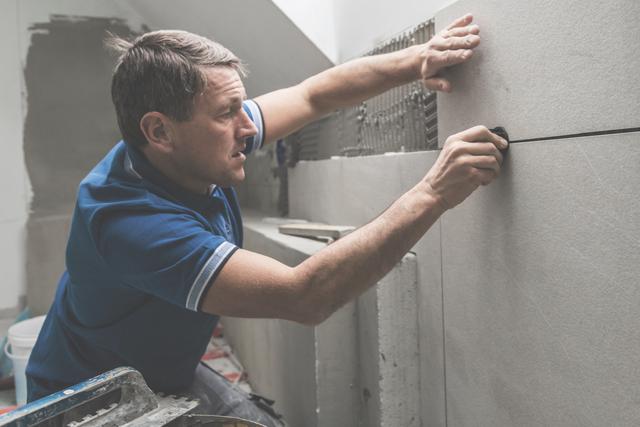
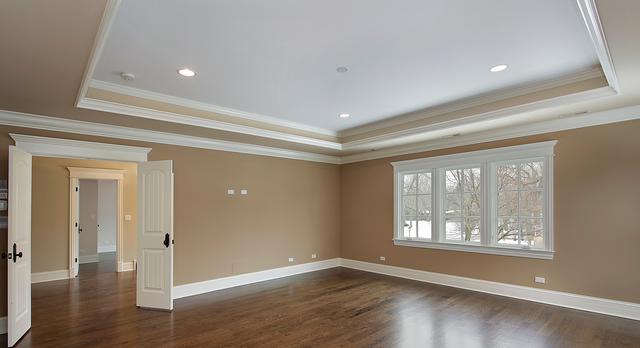
comments